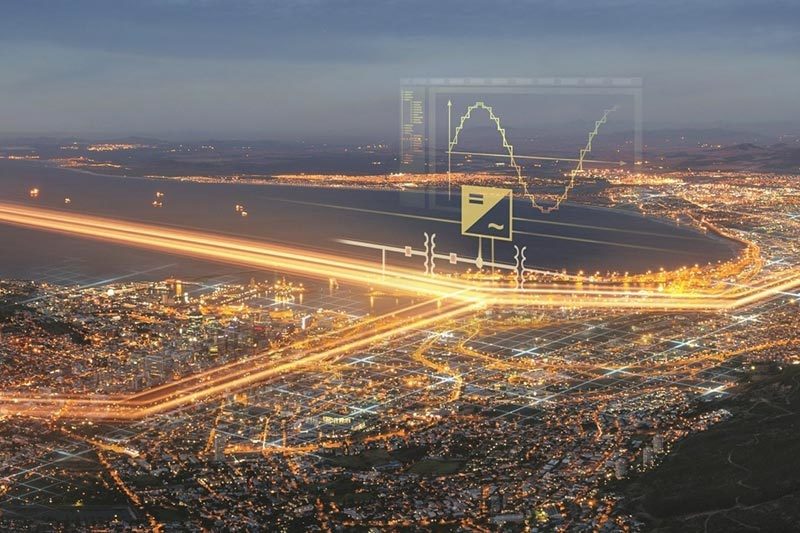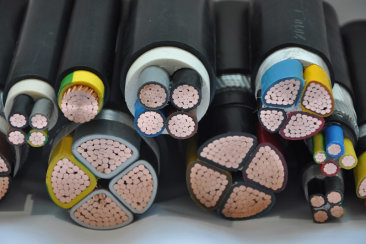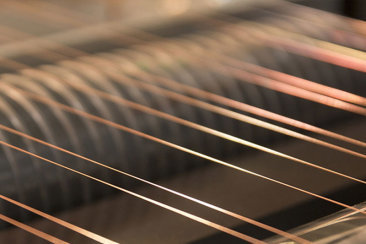The necessity of replacing conventional cables with photovoltaic cables
Release time:
2023-08-28
In recent years, with the support and guidance of relevant national policies, the solar photovoltaic power generation industry has developed rapidly, and the installed capacity of photovoltaic power stations has been increasing year by year. However, due to the relatively lagging research and market promotion of domestically produced photovoltaic cables, conventional cables are still used for connecting photovoltaic power station equipment during the construction and operation process. Due to the lack of consideration for complex and varied usage and laying environments of photovoltaic power plants during the design and manufacturing process of conventional cables, they are unable to meet usage requirements, resulting in frequent quality problems in photovoltaic power plants. Especially the quality problems caused by the inability of conventional cables to meet the requirements of the power plant operating environment are particularly evident. And specialized photovoltaic cables are designed according to the complex and ever-changing usage environment of photovoltaic power plants, which can meet the laying and operation requirements of photovoltaic power plants. The use of specialized photovoltaic cables, especially on the DC side, in photovoltaic power plants can effectively reduce the occurrence of quality problems.

In recent years, with the support and guidance of relevant national policies, the solar photovoltaic power generation industry has developed rapidly, and the installed capacity of photovoltaic power stations has been increasing year by year. However, due to the relatively lagging research and market promotion of domestically produced photovoltaic cables, conventional cables are still used for connecting photovoltaic power station equipment during the construction and operation process. Due to the lack of consideration for complex and varied usage and laying environments of photovoltaic power plants during the design and manufacturing process of conventional cables, they are unable to meet usage requirements, resulting in frequent quality problems in photovoltaic power plants. Especially the quality problems caused by the inability of conventional cables to meet the requirements of the power plant operating environment are particularly evident. And specialized photovoltaic cables are designed according to the complex and ever-changing usage environment of photovoltaic power plants, which can meet the laying and operation requirements of photovoltaic power plants. The use of specialized photovoltaic cables, especially on the DC side, in photovoltaic power plants can effectively reduce the occurrence of quality problems.
Photovoltaic power stations are built in various parts of China, which requires a wide range of temperature resistance levels for cables. For example, in the western and northern regions of China, cables are required to withstand lower temperatures, and in some areas, extreme low temperatures can reach around minus 40 ℃, or even lower temperatures. In the eastern and southern regions of China, the surface temperature can easily reach+70 ℃ or above. Considering that the working temperature of the conductor is higher than the ambient temperature and generates heat volatilization, and considering that the extreme temperature in areas where the roof is not ventilated and the heat dissipation effect of the cable tray is poor may exceed+90 ℃, it is required that the material temperature of the cable can meet the requirements of the power station working in extreme temperatures.
The frequent changes in temperature and humidity have a direct impact on the insulation and protective layer aging of materials, especially in areas with large daily and annual temperature differences, as well as humid and rainy areas, which have a greater impact on the insulation and protective layer aging performance of materials. Many power stations in China's fish light complementary projects are directly built on fish ponds or water surfaces, requiring cables to work normally in humid environments for a long time. The performance of conventional cables does not take into account the impact of moisture and heat changes on material aging performance, while the design of photovoltaic special cables takes into account the factors that affect the aging performance of insulation and protective layer materials in a humid and hot environment. Therefore, qualified photovoltaic cables can meet the requirements of photovoltaic power stations for temperature and humidity changes.
Photovoltaic power plants have relatively long sunshine hours and are subjected to high intensity of sunlight irradiation. The sunlight contains various rays, especially ultraviolet rays, which can accelerate the aging of cable insulation and protective layer. Many cables in photovoltaic power plants are laid bare, and most cables from solar modules to combiner boxes and even inverters are directly laid bare. This requires the cables to be able to withstand sunlight and ultraviolet radiation and ensure long-term normal operation under vertical sunlight and ultraviolet radiation. Therefore, qualified photovoltaic cables can work normally for a long time under sunlight and ultraviolet radiation conditions, while conventional cables will accelerate aging of their insulation and sheath under sunlight and ultraviolet radiation conditions, resulting in reduced or ineffective insulation performance and reduced protective effect of the sheath.
Some photovoltaic power stations are built in special areas such as seaside and mudflat. These areas have high levels of salt mist in the air. Some photovoltaic power stations are located in former salt fields, where the soil has a high salt content. The cables used under the above environmental conditions must have strong salt spray and acid-base resistance. Therefore, qualified photovoltaic cables have strong salt spray and acid-base resistance. Some photovoltaic power stations are located in areas with high ozone content, and ozone has a certain corrosive effect on the cable protective layer, which accelerates the aging of the protective layer and affects the use of the cable. Conventional cables do not consider the impact of ozone on cable sheath, while photovoltaic cable design takes this impact into account. Therefore, even in areas with high ozone levels, photovoltaic cables can work normally for a long time.
The above characteristics possessed by photovoltaic cables can be applied to photovoltaic power plants under different environmental conditions, ensuring their long-term safe operation, while conventional cables are difficult to achieve this goal. Therefore, in the construction of photovoltaic power stations, especially in some projects with special environmental conditions, using photovoltaic cables instead of conventional cables can effectively ensure the long-term and stable operation of the power station, thereby ensuring good long-term operational benefits.
Previous article






